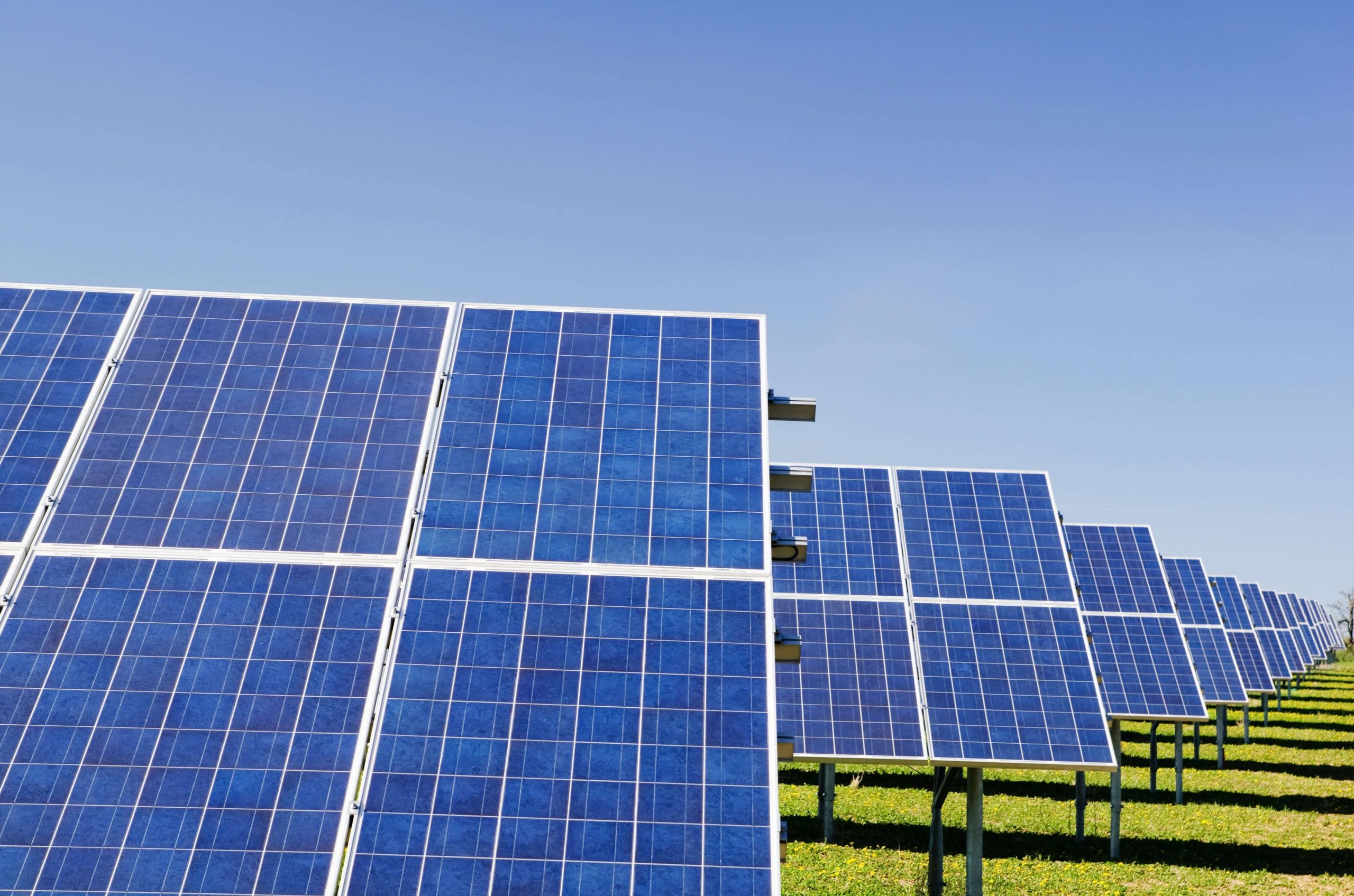One of the fastest growing forms of energy generation in the world, photovoltaic solar has an extraordinary potential for expansion in Brazil, and it is estimated that by 2030 this system will account for 10% of all national energy demand.
Contributing to this promising scenario, in addition to the low environmental impact and the fact that energy is generated from an inexhaustible natural source, the continuous maturation of technology – and the corresponding reduction in equipment prices – and policies to encourage the adoption of renewable sources and technically more clean power.
The National Electric Energy Agency – ANEEL, in April 2012, sealed the initial milestone for the use of photovoltaic energy in distributed generation, regulating, through the Normative Resolution no. 482, the compensation system that allows the energy produced by photovoltaic panels in a consumer unit to be injected into the network, generating credits.
With Normative Resolution no. 687, of 2015, ANEEL expanded the insertion of photovoltaic generation in our energy matrix by enabling new business models, defining remote self-consumption and shared generation as priced components and authorizing new power ranges for distributed generation, extending the validity period of credits used to reduce consumption.
However, photovoltaic solar generation faces fiscal issues, especially in the form of the ICMS tax on the activity, which reduces the remuneration of microgenerator by up to 30%. This means a financial burden on the tariff composition, which is formed by the cost of generation plus the price of transportation – transmission and distribution – in addition to charges and taxes (federal, state, and municipal).
In search of a tax justice mechanism, CONFAZ – National Council for Farm Policy, edited Covenant 16/2015, authorizing the federated units to grant exemption from ICMS “incident on the electric energy supplied by the distributor to the consumer unit, in the amount corresponding to the sum of electric energy injected into the distribution network by the same consumer unit with the credits of active energy originated in the consumer unit itself in the same month, in previous months or in another consumer unit of the same holder, under the terms of the Electric Energy Compensation System” (wording of clause one).
It happens that, even with the adhesion of the 26 States and Distrito Federal, the ICMS Covenant 16/2015 had its scope indefinitely delayed by Resolution 687/2015, on which ANEEL is based to allow the solar energy distributed in the network to be exploited by multiple consumer units, in shared generation.
However, the aforementioned Resolution, which also allowed for an increase in installed capacity to 5 MW, has not yet been reconciled with the ICMS Covenant 16/2015, giving rise to a long expectation. Currently, the ICMS exemption is restricted to the compensation of energy produced by microgeneration (up to 75 KW) and mini-generation (between 75 KW and 1 MW).
To ensure harmonization between ANEEL Resolution 687/2015 and ICMS Covenant 16/2015, energy consumers/producers and investors must exert legitimate pressure on Finance secretaries, so that CONFAZ promotes the necessary adjustment.
It is essential that the tax exemption granted by the States and Distrito Federal is supported by Law, which sets the duration of the benefit, in the name of legal security.
With the huge potential for expansion and the strength of socioeconomic transformation, the generation of photovoltaic energy cannot be hampered by disconnected circuits, with the ICMS being a relevant factor in the study of the economic and financial viability of the system.
Available at: https://politica.estadao.com.br/blogs/fausto-macedo/energia-solar-fotovoltaica-e-a-isencao-do-icms-equilibrio-economico-financeiro-e-a-seguranca-juridica/
Autor:

